Implementing a Quality Management System (QMS) that is based on the recommendations of ISO 9001 is a difficult task.
Once the certification is successfully cleared, it might seem that the most significant part of the job is done. However, the actual job has just started, as after acquiring the certification, you have to maintain it. The validity of your ISO 9001 certificate is for three years.
You will have to clear surveillance audits to demonstrate compliance and showcase that your QMS is still effective. The following article will guide you in maintaining your ISO 9001 certificate.
Maintaining ISO 9001
Often, organisations are unsure about what needs to be done before the surveillance audit and, therefore, do not gather the necessary information or perform the required tasks.

This usually results in a hurried attempt to cover their mistakes or unsatisfactory performance in a surveillance audit. Hence, the first concrete piece of advice is to begin planning for the upcoming surveillance audit as soon as you clear the certification audit.
The shift from planning to doing
The ISO 9001 standard incorporates the famous “Plan-Do-Check-Act” model, a cyclic framework for planning, implementing and evaluating.
Organisations implementing the QMS will understand that developing procedures is much easier than implementing them. It is challenging to ensure that the procedures are followed as described in the planning stage.
Once the procedures have been written, allow some time for your employees to understand them and adapt to them. Allocate appropriate resources and time for your employees to train to perform these tasks.

Although the majority of the quality management activities were indeed performed even without the application of the standard or the acquisition of the certificate, the newly added procedures would require time to be adopted by the employees.
Therefore, it is essential to shift from the planning stage and focus on implementing changes by appropriately allocating resources. Begin by understanding how important it is to raise awareness of the process owners to ensure that they encourage the procedures amongst employees of all levels.
Training
As mentioned above, the new tasks will require additional employee training. Thankfully, the standard provides organisations with the framework to identify the needs and plan training along with the requirements to measure the effectiveness of the training programmes they would implement.

Utilising this systematic approach to competence management will help your organisation achieve compliance and address existing skill gaps.
This will help you maintain your certification by ensuring that competence and awareness regarding ISO 9001 are maintained within your organisation.
Control of outsourcing partners
One of the core components of ISO 9001 is relationship management. Hence, it is beneficial to define what you expect from your suppliers and other partners to maintain your certificate.
Having clearly defined goals makes it easier to transform these objectives into procedures, helping you evaluate the progress at planned intervals.
Monitoring and measuring
Another core component of ISO 9001 is continual improvement. To achieve continual improvement, you have to periodically monitor and measure your processes to identify the current status of your system and the functioning of the activities within your QMS.

If your monitoring and measuring processes are set up appropriately, it will provide you with valuable information about the performance of your processes.
Utilising this valuable information to improve the performance of your processes will help you maintain the quality of your products and services, allowing you to remain compliant with the standard.
Customer satisfaction
Similarly, another quality management principle of the ISO 9001 standard is customer focus. Systems must be established where you regularly cipher customer feedback, sorting through the negative and the positive.
Controls should be put for nonconforming products, and customer recommendations should be put in the design specifications of your products or services. Your company must define how, when and how often it will determine the level of customer satisfaction.

Having access to relevant information about how the customer perceives your organisation is an insightful input that can help further develop your products and services and achieve compliance.
ISO 9001 requirements
If you adhere to the standard’s requirements, it is a guarantee that you will maintain not only the effectiveness of your QMS but also the validity of your certificate.
The ISO 9001 standard requires your organisation to address seven key areas to achieve continual improvement within the QMS. These seven areas are often called ISO 9001 requirements. They include the organisation’s context, leadership, planning, support, operation, performance evaluation and improvement.

Extending ISO 9001
The validity of the ISO 9001 certificate cannot be extended beyond three years. After the certification period, you must undergo renewal and recertification. However, many exceptions were made during the COVID-19 time, when many organisations could extend their certification. Unfortunately, this was an exception, and if you fail to comply with the standard’s requirements, your certificate will be suspended. on iso 9001 certification, you can learn more it.
Conclusion
Your ISO 9001 certificate is valid for three years, after which you have to undergo a recertification audit. To maintain your certificate, it is helpful to undergo regular surveillance audits, shift to an implementation phase, allocate the necessary resources to maintain your QMS and provide training where needed.





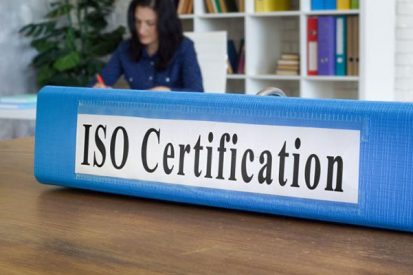

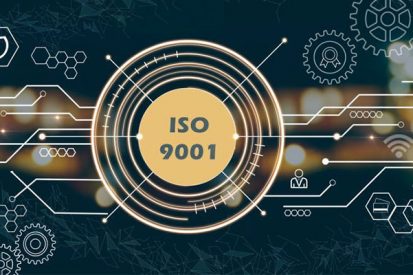
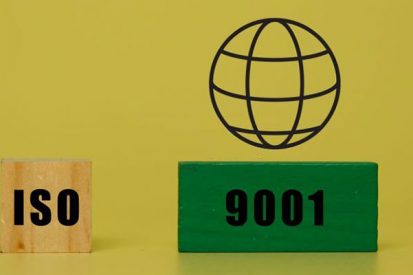
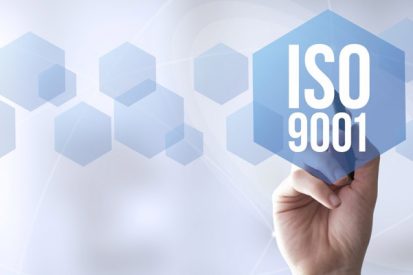
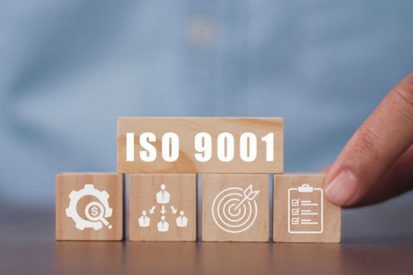
Users Comments
Get a
Quote